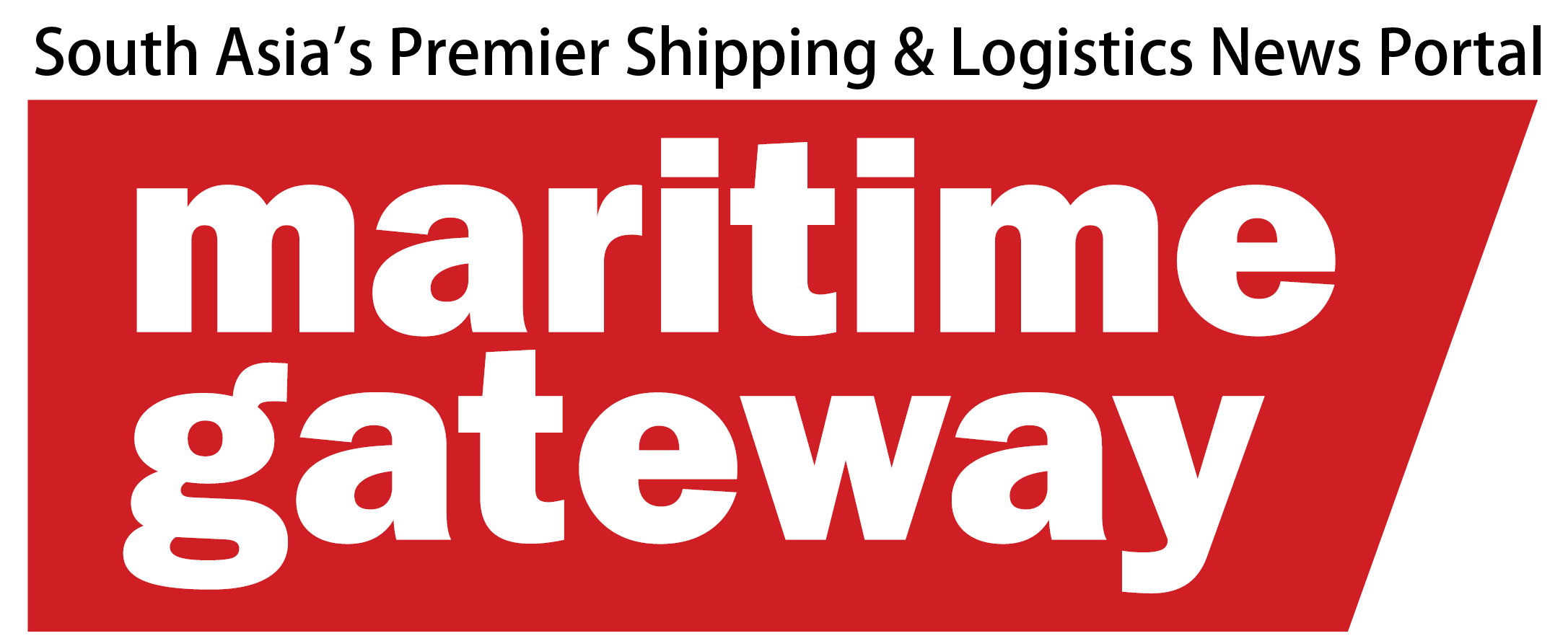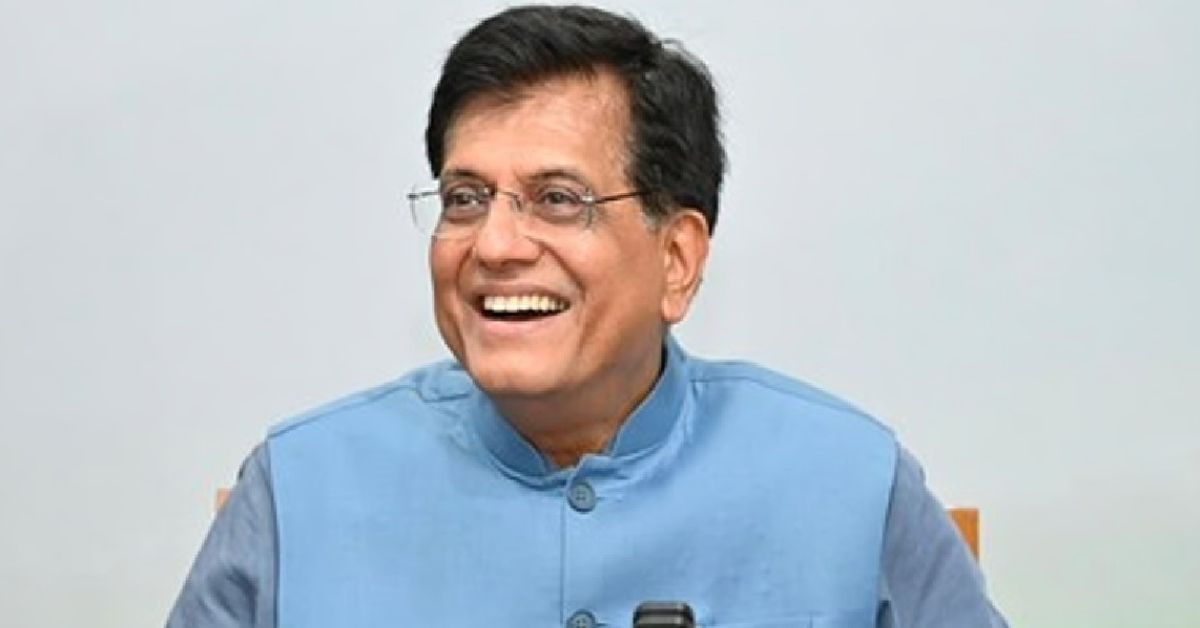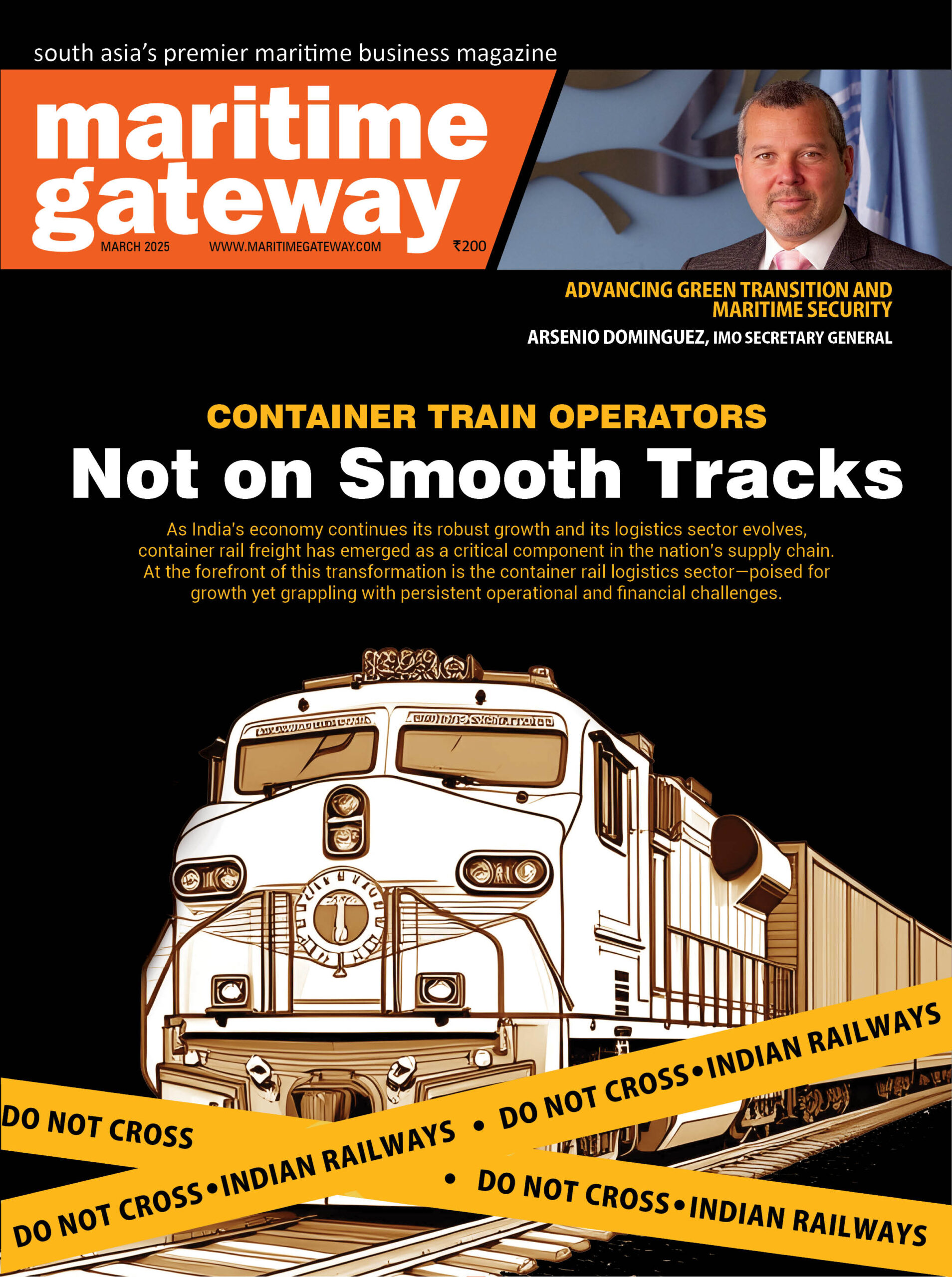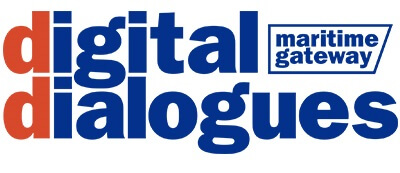Union Commerce Minister Piyush Goyal positioned the India-Middle East-Europe Economic Corridor (IMEC) as a transformative “modern-day Silk Route”, which has potential to slash global logistics costs by 30% and transportation time by 40% through public-private collaboration.
“This isn’t just about trade routes; it’s about linking civilizations while cutting costs and carbon footprints,” Goyal stated, underscoring IMEC’s blend of economic ambition and cultural diplomacy.
IMEC aims to create seamless trade linkages across Asia, the Middle East, and Europe, with plans to extend connectivity to Africa. The corridor will integrate railways, roadways, energy pipelines, and undersea cables, fostering what Goyal termed a partnership of equals prioritizing sustainability and digital innovation. “India is already in discussions with Singapore on clean energy transmission. We are also engaged in dialogue with Saudi Arabia and the UAE,” said the minister.
However, Piyush Goyal stressed that IMEC’s success hinges on a Public-Private Partnership (PPP) model, urging private players to lead planning for cost efficiency and innovation. “Governments alone cannot deliver this vision. The private sector’s expertise will ensure smarter solutions and financial viability,” he said.
Goyal highlighted the need to focus on Regulatory Connectivity, going beyond just physical infrastructure, for IMEC to be successful. He advocated for greater alignment in trade processes, customs procedures, and paperwork among participating nations.
He cited India’s ongoing regulatory collaboration with the UAE as an example and pointed out that the successful implementation of the corridor would require seamless cross-border movement without excessive checkpoints. Interoperable systems, digitisation, electric vehicle charging ecosystems, and synchronised regulations would be key to unlocking economies of scale.
He suggested that common digital payment systems, such as India’s Unified Payments Interface (UPI), could serve as a model for enabling seamless financial transactions.
Goyal underlined the need for Innovative Financing Models to support both the development of the corridor and the trade it will generate. He called for active involvement of multilateral financial agencies and suggested exploring instruments like green bonds and the creation of long-term “IMEC Bonds”, to fund this transcontinental infrastructure in a sustainable and future-proof manner. With China’s Belt and Road Initiative facing scrutiny, IMEC emerges as a sustainable alternative focused on mutual trust and inclusivity.







